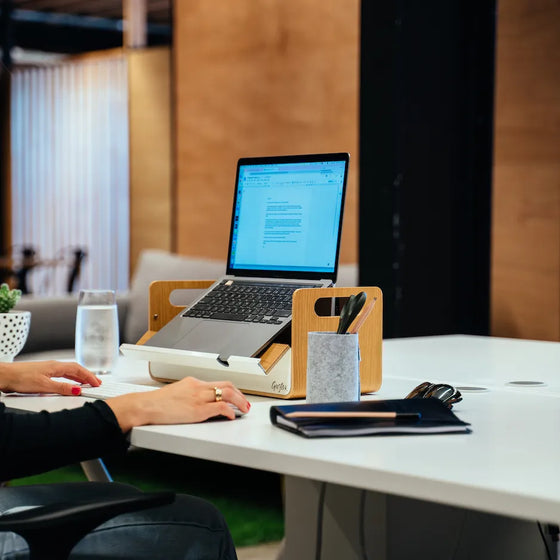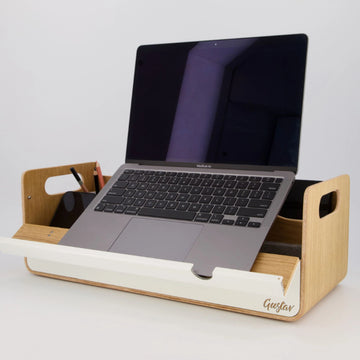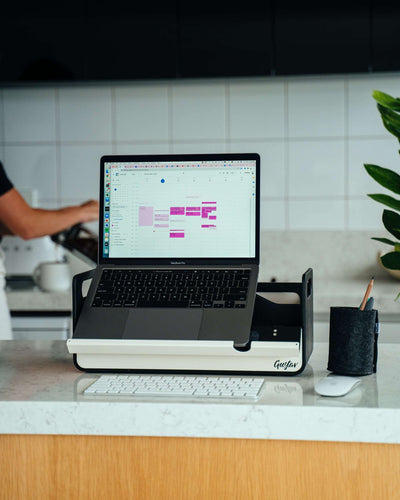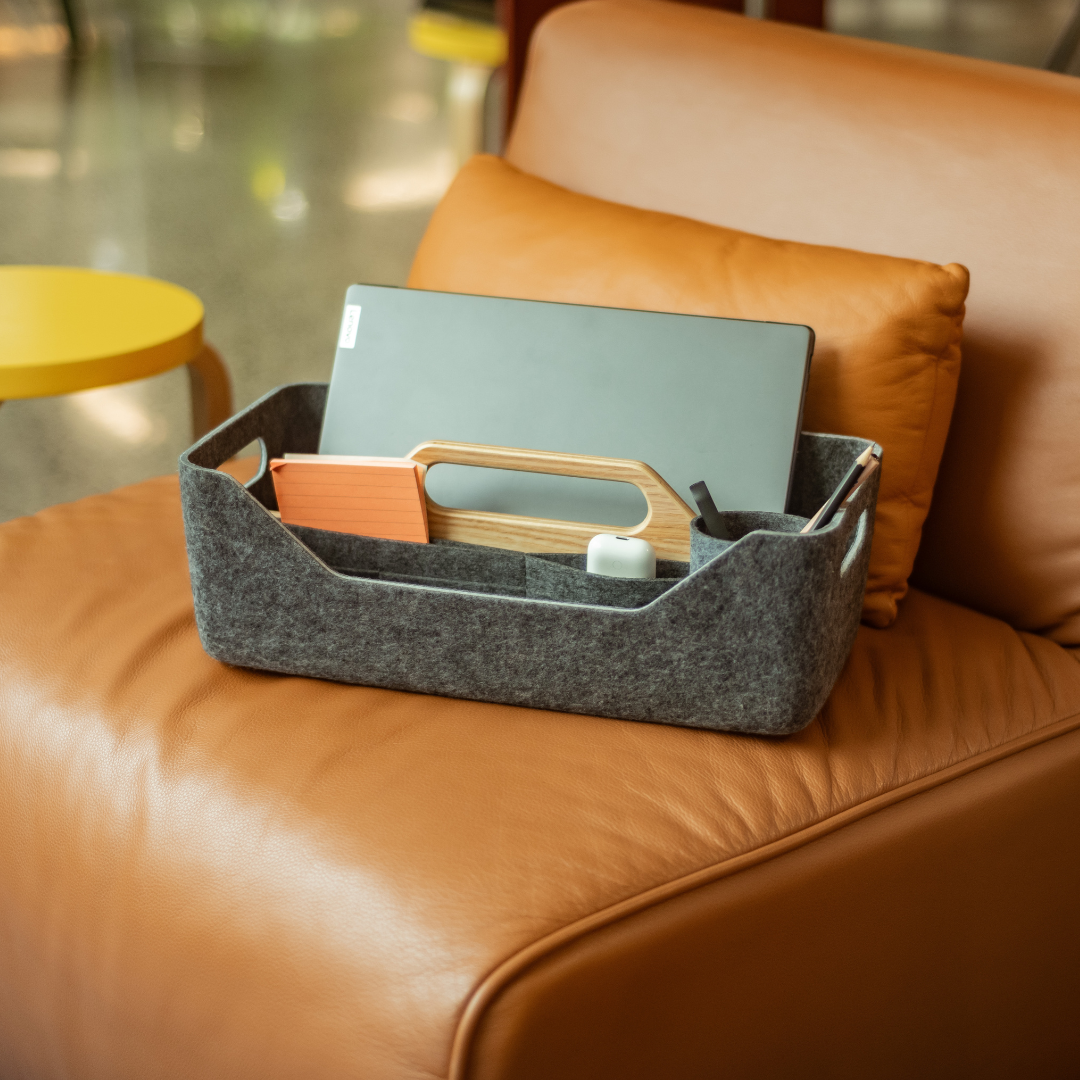Succès du partage de bureau
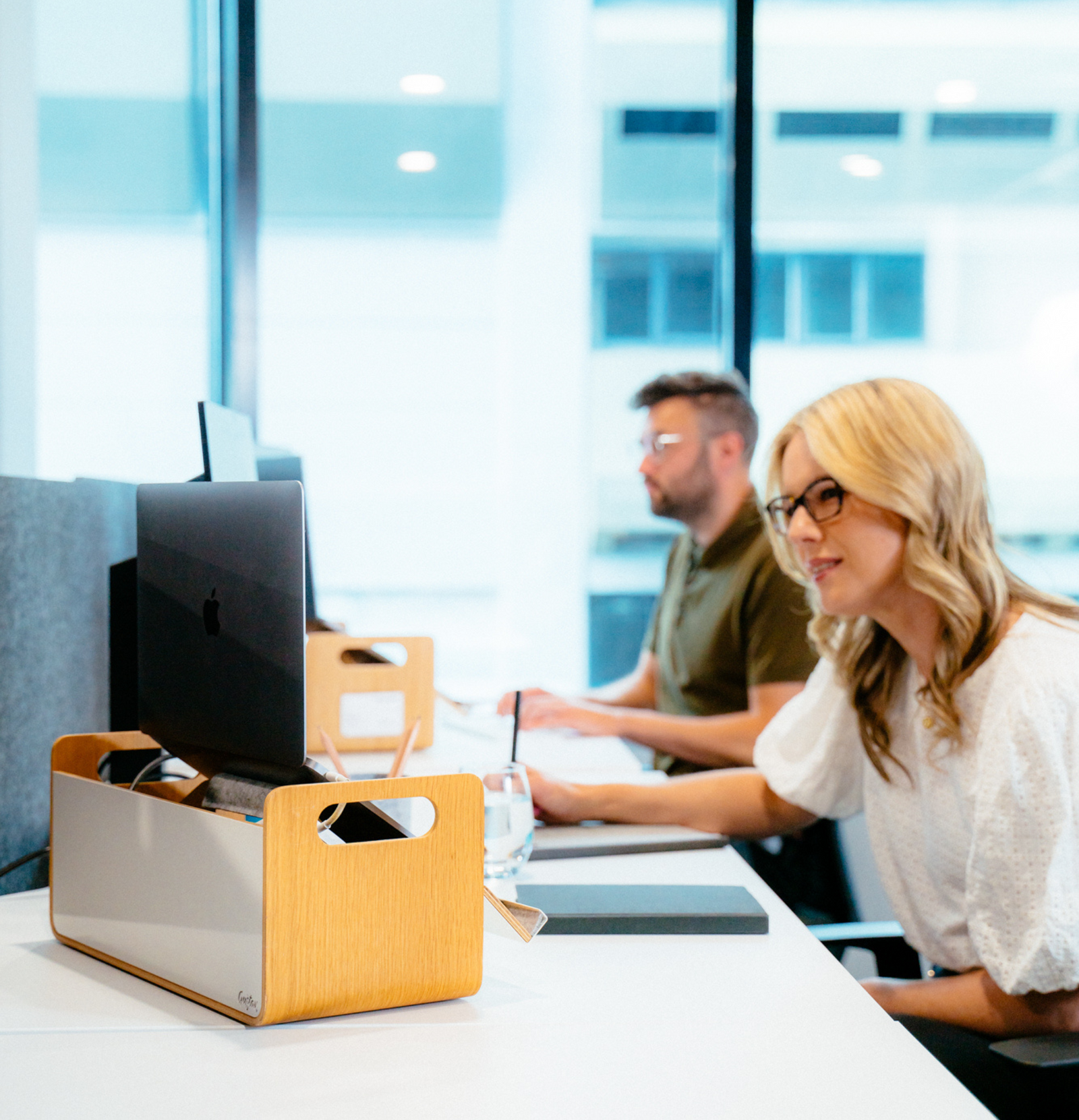
À mesure que le lieu de travail moderne évolue, le partage de bureau est devenu un concept de lieu de travail populaire adopté par les entreprises cherchant à optimiser l'espace, à favoriser la collaboration et à s'adapter aux besoins changeants des employés. Cet article se penche sur des études de cas réelles d'entreprises qui ont mis en œuvre avec succès le partage de bureau, explorant les facteurs clés qui ont contribué à leur succès.
Reconnaître le changement des besoins
Pour mettre en œuvre efficacement le partage de bureau, il est essentiel que les entreprises prennent en compte l’évolution des besoins et des préférences de leurs employés. Andreas Gnesda, directeur général de teamgnesda et stratège en milieu de travail, souligne ce point :
"Les deux dernières années ont complètement bouleversé le thème du bureau... les employés veulent travailler à distance au moins deux à trois jours ouvrables par semaine."
Il est important d’aborder cette transition avec empathie et de comprendre les besoins émotionnels des gens lorsqu’ils passent à un concept de bureau partagé. Christian Pistauer, co-fondateur de Gustav déclare : « Il est important que la direction soutienne pleinement la solution et la mette ensuite en pratique elle-même : pas de bureaux ouverts avec des chambres individuelles pour l'étage exécutif. La transformation vers le partage de bureaux et plus de flexibilité peut se produire dans de petits pas, mais il faut que ce soit bien réfléchi et non sans enthousiasme. »
L'entreprise de télécommunications Hutchison Drei Austria GmbH a reconnu l'importance d'un lieu de réunion physique, même dans le contexte de l'essor du travail mobile. Elle a réduit le nombre de postes de travail fixes de 1 500 à 900, en adoptant un modèle de partage de bureaux dans lequel chaque service disposait de zones d'équipe exclusives.
Matthias Krumpel, Team Leader Facility Management chez Hutchison Drei, souligne : « Pour nous, un bureau est un endroit où les gens doivent se sentir bien. Pendant la pandémie, nous sommes passés au travail mobile et nous utilisons désormais de plus en plus cette option.
"Nos collaborateurs aiment aller au bureau : pour l'échange personnel, la interaction et la cohésion sociale, un lieu de rencontre physique est tout simplement indispensable. "
Concevoir le bureau pour répondre au nouvel objectif
Alors, à quoi ressemble un bureau partagé ? Créer un espace de travail qui s'aligne sur le nouveau concept est essentiel pour réussir le partage de bureau. Sabine Zinke, experte en planification organisationnelle et en gestion du changement, déclare :
"Particulièrement à l'heure des formes de travail hybrides, de la crise énergétique et des divers débats sur le développement durable, la question se pose de savoir si vous avez encore besoin de grands espaces de bureau ou si vous préférez créer des espaces de collaboration et offrir des retraites à ceux qui souhaitent travailler en toute tranquillité. "
"Le bureau doit être un lieu de rencontre... loin des espaces de travail contemplatifs et vers un travail collaboratif et communicatif."
En tant qu'architecte et stratège du lieu de travail, Christian Pistauer, co-fondateur de Gustav explique son approche :
"Les lieux de travail doivent être considérés de manière globale : les personnes, le lieu et la technologie. J'observe comment sont l'environnement de travail, la technologie et les outils, ainsi que le comportement des personnes dans une entreprise. Ensuite, je pose la question : quelles règles du jeu doivent être fixées afin de fédérer ces trois domaines et de développer une stratégie adaptée à l'entreprise ?
--> En savoir plus sur : « L'évolution de la conception du lieu de travail »
Investissez dans la solution : outils et mobilier
Les nouveaux besoins liés au partage de bureau nous obligent à repenser le bureau. Cela implique d'investir dans des équipements et du mobilier adaptés à cet usage. Il existe des outils et des équipements formidables qui sont clairement conçus pour les personnes travaillant dans des bureaux partagés.
Christian, a partagé son parcours lors de la conception de Gustav : "L'idée de trouver une solution à ce problème... m'est restée... un outil pour les nouveaux concepts de bureau qui permettrait de transporter facilement toutes les choses qui traînent dans le bureau avec toi."
AOP Orphan Pharmaceuticals GmbH (« AOP Health »), une société pharmaceutique autrichienne, a adopté cette approche. Leurs employés partageaient quotidiennement des espaces de travail et Gustav, une boîte à outils de bureau innovante, a facilité leur approche de travail agile. Sabine Pitterle, responsable du groupe Car Fleet & Office Management chez AOP Health, a expliqué : « Gustav aide non seulement à transporter l'équipement de travail, mais contribue également à communiquer sur le thème du partage de bureau/du nouveau travail de manière ludique et créative.
ASFINAG , l'entreprise autrichienne d'infrastructure, a mis en œuvre le partage de bureaux de manière efficace en fournissant des solutions pratiques comme Gustav. Elle a reconnu la nécessité d'investir dans des outils et du mobilier pour soutenir le modèle de partage de bureaux , facilitant ainsi l'adoption du nouveau concept par les employés.
« Avec ce nouveau concept, la question s'est naturellement posée de savoir où ranger ses ustensiles personnels et professionnels. En collaboration avec nos consultants, nous avons recherché des boîtes à outils dans le cadre de solutions de casiers qui rendraient cela possible. Et nous avons trouvé Gustav.
"Le design était convaincant ; vous n'avez rien à changer et vous pouvez utiliser Gustav tel qu'il est dans la vie professionnelle quotidienne."
Équiper le bureau avec les bons outils et le bon mobilier est un aspect crucial de la réussite du partage de bureau. Le design innovant de Gustav joue un rôle important pour faciliter cette transition. Sabine Pitterle d'AOP Health a reconnu : « Surtout lorsque je n'ai pas de lieu de travail fixe... Gustav est un moyen de garder mon lieu de travail raisonnablement rangé. »
--> En savoir plus sur : « Meilleurs outils pour le partage de bureau »
Montrer l’exemple
Le leadership joue un rôle essentiel dans la mise en œuvre réussie du partage de bureaux. Les cadres et les managers doivent adopter activement la nouvelle façon de travailler et promouvoir une culture de collaboration et de flexibilité. Christian souligne l'importance de ce soutien du leadership :
"La transformation vers le partage de bureau et davantage de flexibilité peut se faire par petites étapes, mais elle doit être bien réfléchie et non sans enthousiasme."
Montrer l’exemple encourage les employés à s’adapter plus efficacement aux espaces de travail partagés.
Conclusion : Succès du partage de bureau
En conclusion, le succès du partage de bureau repose sur plusieurs facteurs clés mis en évidence par des exemples concrets. En reconnaissant les besoins changeants des employés, en concevant le bureau pour qu'il s'aligne sur le nouvel objectif, en ayant un concept solide de gestion du changement, en investissant dans les outils et le mobilier appropriés et en donnant l'exemple, les entreprises peuvent créer des environnements de travail productifs et collaboratifs.
Les expériences de Hutchison Drei Austria GmbH, AOP Orphan Pharmaceuticals GmbH (« AOP Health ») et ASFINAG sont des enseignements précieux pour d’autres organisations qui cherchent à mettre en œuvre efficacement le partage de bureaux. En outre, les points de vue d’experts comme Andreas Gnesda et Christian Pistauer mettent en lumière l’importance du soutien du leadership et des stratégies de gestion du changement dans cette transformation.
À mesure que le lieu de travail moderne continue d'évoluer, l'adoption du partage de bureau et des facteurs qui contribuent à son succès peut conduire à une productivité accrue, une meilleure collaboration et une culture de travail positive. Le voyage vers des espaces de travail partagés est une opportunité pour les entreprises de s’adapter à un paysage changeant et de favoriser un environnement de travail plus agile et plus engageant pour leurs employés.
--> En savoir plus : « Explorer les avantages et les inconvénients du partage de bureau »


